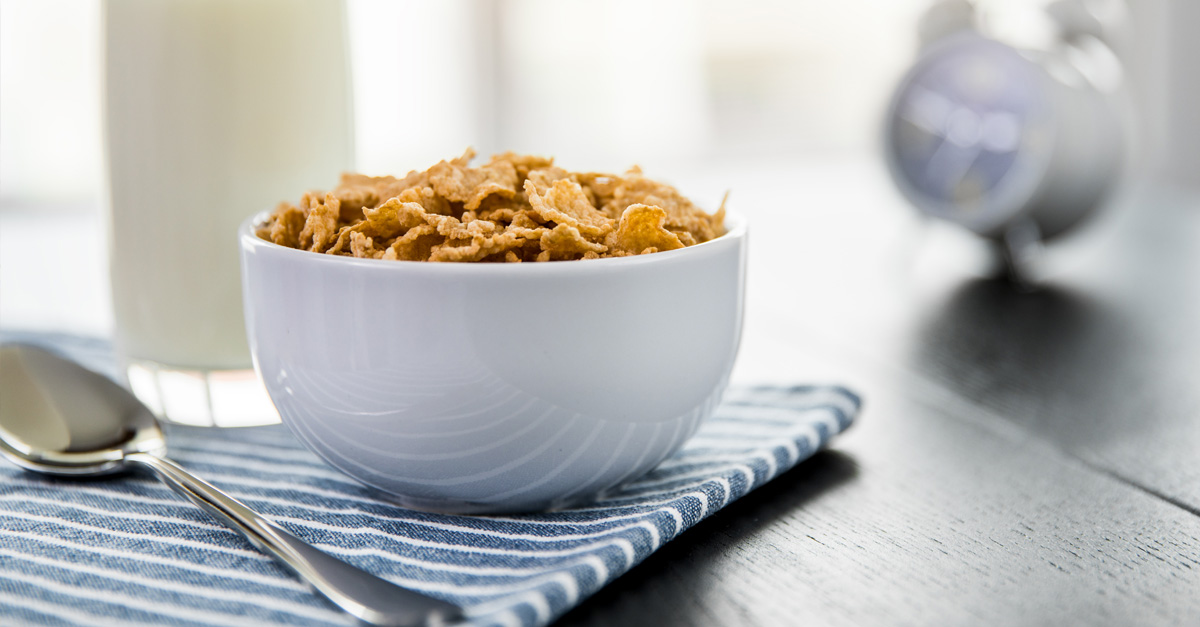If oats or oat flour is included in your breakfast cereal or snack of choice, there’s a good chance there’s also an unwanted herbicide in there.
Two sets of laboratory tests commissioned by the Environmental Working Group (EWG), a consumer-advocacy nonprofit, found glyphosate, the main agent in the weed killer called Roundup, in many popular breakfast cereals and oat-based snacks. While no one wants this in their cereal, the concern is greatest for kids—most samples were above the EWG benchmark, with a few being 10 times higher.
How does glyphosate wind up in your or your child’s breakfast bowl or granola bar? The herbicide is sprayed on wheat, barley, oats and beans. Besides killing weeds, it also acts as a drying agent so the crops can be harvested sooner. Even some organic foods may contain glyphosate as a result of the chemical drifting from other fields or from the foods becoming contaminated during processing, although the levels measured in organic foods were much lower than those measured in conventional foods and not above EWG’s health benchmarks.
THE RISKIEST AND SAFEST FOODS
Based on the safety threshold set by the California Office of Environmental Health Hazard Assessment, EWG calculated its own health benchmark for glyphosate. But its limit, 160 parts per billion (ppb), is much lower to protect children from glyphosate because they have a higher susceptibility to cancer-causing substances.
Here’s where the highest levels of glyphosate were found among samples…
- Quaker Oatmeal Squares Honey Nut cereal: 2,837 parts per billion
- Quaker Oatmeal Squares Brown Sugar cereal: 2,746 parts per billion
- Quaker Overnight Oats Unsweetened with Chia Seeds: 1,799 parts per billion
- Quaker Old-Fashioned Oats: 1,300 parts per billion
- Cheerios Oat Crunch Cinnamon cereal: 1,171 parts per billion
While the EWG found glyphosate in some of the samples of organic products, the amounts were well within the group’s acceptable limits both for adults and children. Here are five organic products that had no glyphosate in the samples tested…
- Nature’s Path Organic Honey Almond Granola: no glyphosate detected
- Simple Truth Organic Instant Oatmeal: no glyphosate detected
- Kashi Heart to Heart Organic Honey Toasted Cereal: no glyphosate detected
- Cascadian Farm Organic Harvest Berry Granola Bars: no glyphosate detected
- 365 Organic Old-Fashioned Rolled Oats: no glyphosate detected
WHAT’S YOUR LEVEL OF RISK?
The cereal companies maintain that their products are safe and point out that the above levels of glyphosate are within the limit of 30,000 ppb allowed by the EPA. But that limit was set back in 2008 before there was data that linked glyphosate to cancer—and it’s 300 times higher than the legal limit that the EPA put on glyphosate about 25 years earlier, before aggressive lobbying by chemical companies. But in any case, the greatest threat is to children.
You can find the complete list of tested foods here.
STEPS TO TAKE NOW
You can’t undo what you (or your children) have already consumed, but you can focus on cutting out or cutting down your glyphosate intake starting today. Switching to organic oat–containing products including cereals, granolas, granola bars and flours is the obvious and smart move.
You can also let your voice be heard by contacting the manufacturers of your favorite foods and demanding that they source oats from suppliers that don’t use glyphosate.


